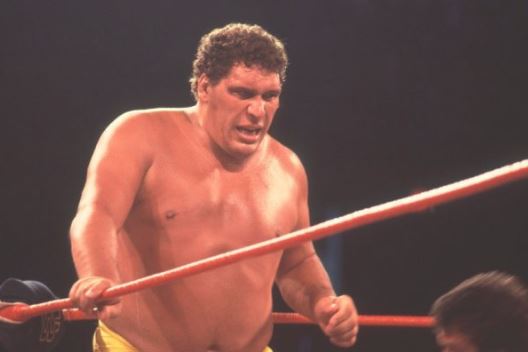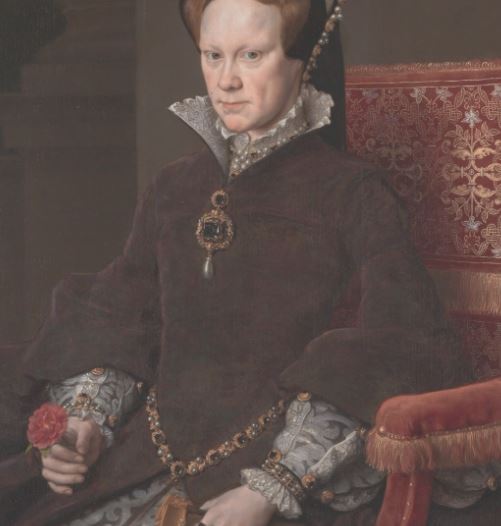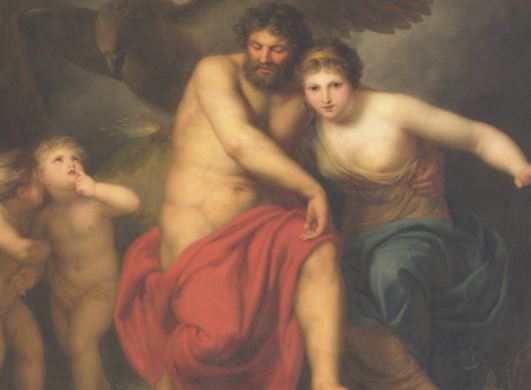Andre the Giant stood as a literal giant in the history of professional wrestling. That said, more existed about the man beyond his superstar status or his large and imposing appearance. Learn more with these 40 Andre the Giant facts.
Born to East European immigrants living in France, Andre grew up at his father’s farm at Ussy-sur-Marne. At school, records show that he performed at an average level, though he did show an aptitude for mathematics. After finishing school, Andre got his first job working at his father’s farm, where he apparently did as much work as three other men. At the same time, he took an apprenticeship under a woodworker, and on finishing, took a job at a factory for farm machinery.
Andre later admitted, however, that none of the jobs he took at the time gave him any satisfaction. It was also said that as a child, he greatly enjoyed watching and playing cricket thanks to the Irish playwright Samuel Beckett. Andre met Beckett while studying at school, with Beckett frequently driving Andre and his siblings to and from home and school.
His wrestling career picked up quickly after it started.
Andre moved to Paris in 1964, with local wrestling promoter Robert Lageat quickly recognizing his potential. Lageat also gave Andre his first nickname, Géant Ferré, after the French folk hero Grand Ferré, when Andre debuted in the local wrestling community. Two years later, Andre met his business manager, Frank Valois, who expanded Andre’s career with matches in Australia, Africa, Britain, Germany, and New Zealand.
Andre later competed in Japan, as Monster Roussimoff, and in partnership with Michael Nador. In 1971, Andre moved to Canada, where he made a name for himself at the Montreal Forum. Ironically, his success soon threatened to destroy his career, as he ran out of opponents to fight and people grew bored of him.
Andre the Giant’s superstar status began with his debut in the WWWF in 1973.
He did so in a handicap match at Philadelphia, against his friend Frank Valois and Bull Pometi. Andre’s victory immediately made him a fan favorite, with his fame growing after his next match, defeating Buddy Wolfe at Madison Square Gardens in New York City. Over the next 15 years, Andre became famous for never losing a match, at least not in the WWWF or its successor, the WWF.
Losses included a match against Don Leo Jonathan in 1972, against Strong Kobayashi also in 1972, and Jerry Lawler in 1975. Bobo Brazil also managed to fight him to a draw in 1976, as did Ronnia Garvin in 1978. Andre also fought in a wrestler vs boxer matcher match against Chuck Wepner in 1976, as a sideshow to Muhammad Ali’s own match against Antonio Inoki.
Vincent McMahon Sr. helped Andre the Giant establish his superstar profile.
McMahon Sr. had Andre act out the role of a large and unstoppable monster in the ring, helped by his new nickname, The Giant. As part of this new role, Andre stopped using agile moves like dropkicks, even though he could use them despite his size and seeming clumsiness. Ironically, this may have helped him in the long term, by reducing the strain his wrestling career put on his body. MacMahon Sr. also recognized the danger to Andre’s career caused by overexposure, like what happened to him in Canada in 1970.
For this reason, MacMahon Sr. had Andre constantly traveling to make appearances around the world. This kept audiences in any one place from getting too used to his presence and getting bored as a result. It also helped Andre earn money, as in addition to the WWF booking fee, McMahon Sr. insisted local promoters pay Andre to make an appearance.
He became famous for a wrestling feud with Killer Khan in 1981.
The story goes that the feud began after Khan accidentally broke Andre’s ankle during a wrestling match in May 1981. In truth, Andre broke his ankle while getting out of bed in the morning before the match. That said, the story that Khan broke Andre’s ankle proved much more exciting than that of a household accident, so the producers promoted it instead.
The two wrestlers fought each other again in July of that year, in a match that ended with a dual disqualification. The feud continued over the following months, before finally ending in November with a Mongolian stretcher match. This meant that the match would only end after one wrestler needed to go to the hospital, a fate that met Khan.
His most famous wrestling feud involved Hulk Hogan, however.
Wrestling historians consider it the most famous in wrestling history, but ironically, it only existed in the ring. Outside of the ring and in their ordinary lives, both Andre and Hogan actually saw and treated each other as close friends. Andre even attended Hogan’s wedding to his first wife, Linda, as a guest of honor. That said, the wrestling feud proved good publicity, so they kept it up in the ring, starting in 1980.


